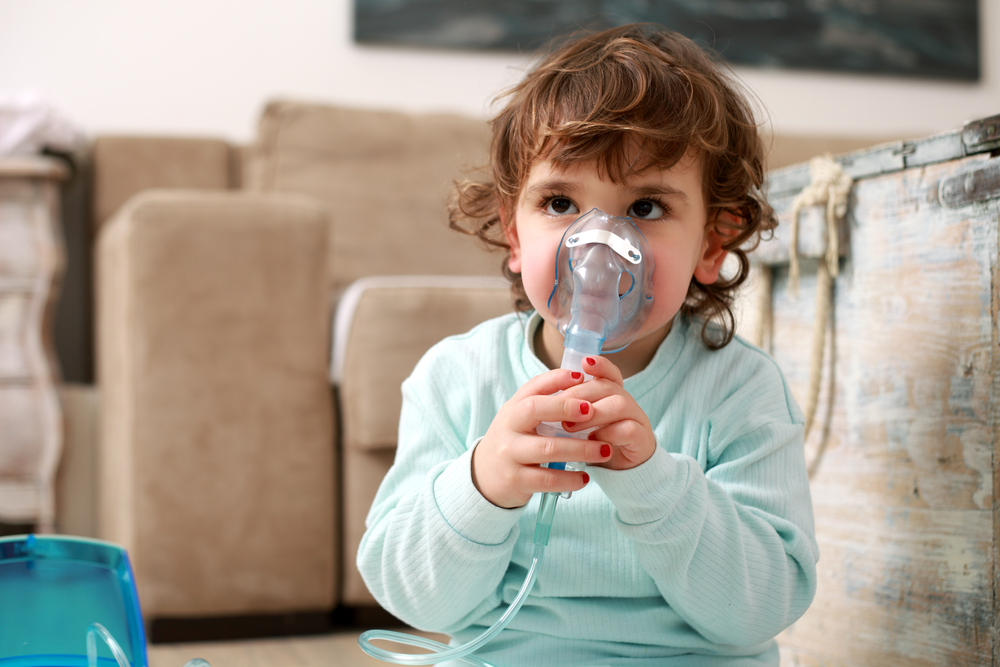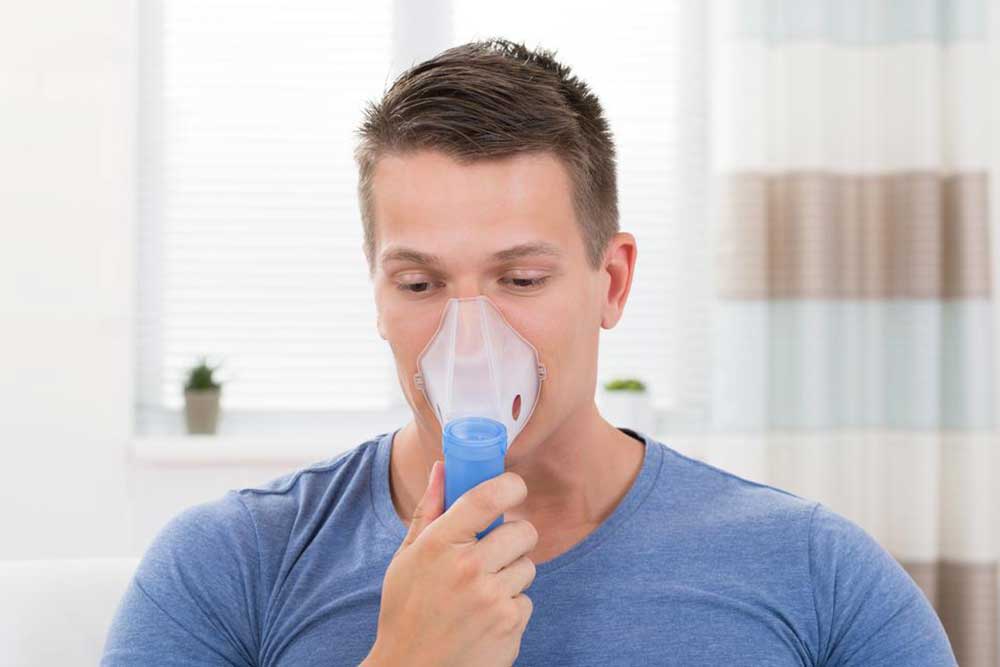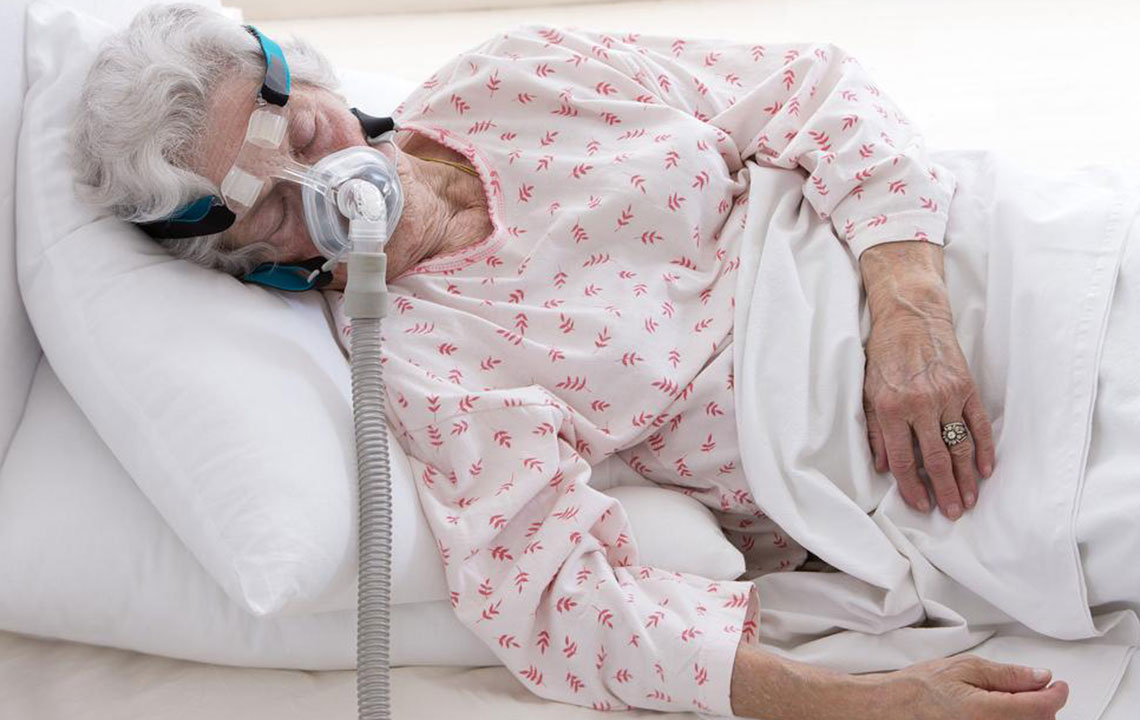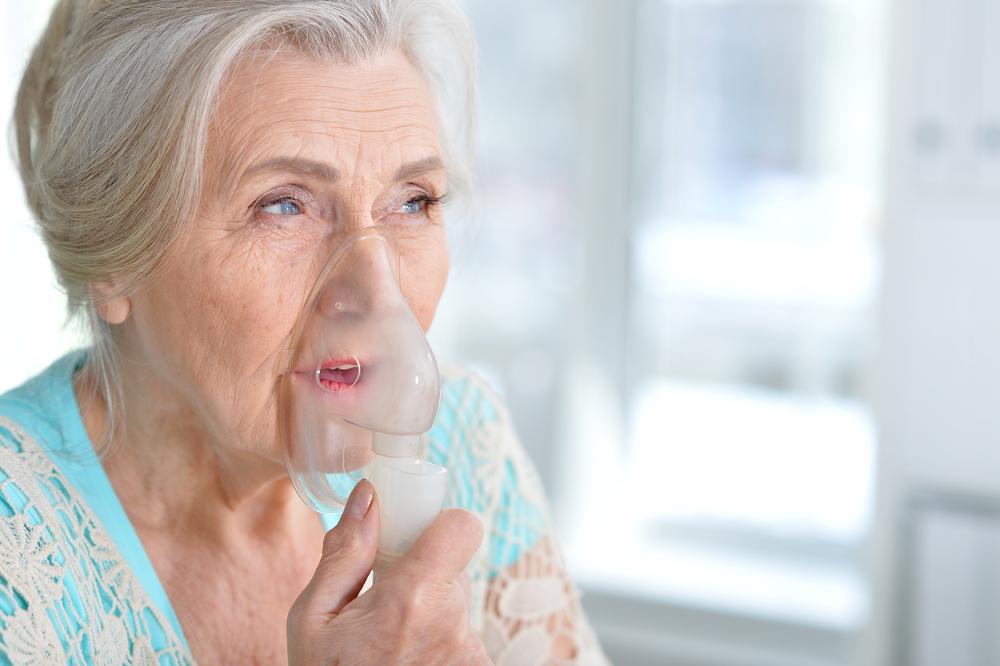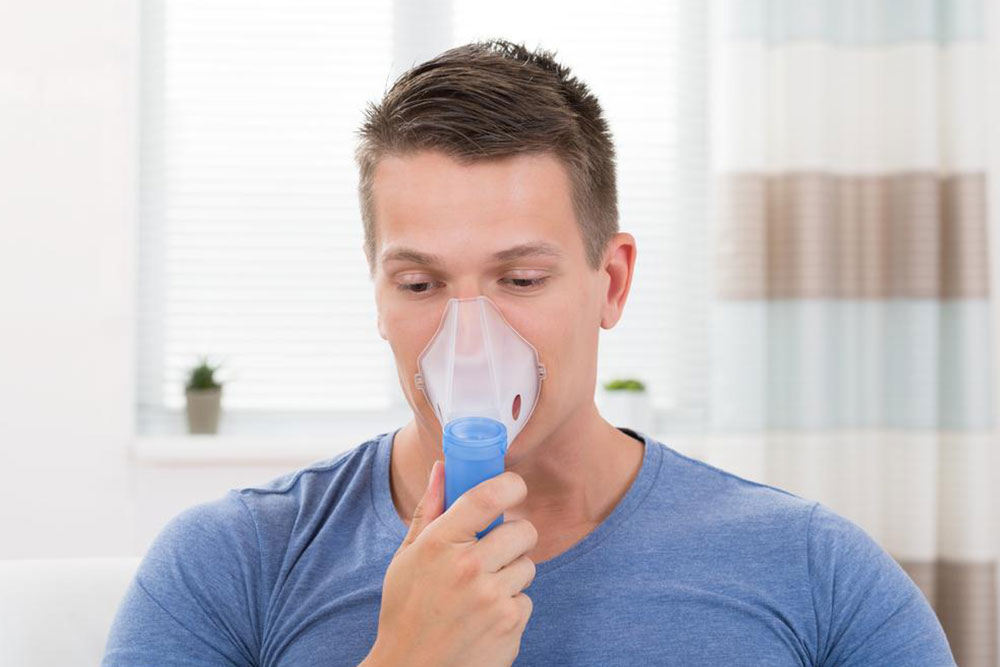Comprehensive Overview of Portable Oxygen Concentrators for Respiratory Aid
Explore this comprehensive guide to portable oxygen concentrators, essential medical devices that support respiratory health. Learn about different types, how they work, their benefits, and tips for choosing the right device. Perfect for individuals with COPD, lung diseases, or those requiring mobility in oxygen therapy. Designed to enhance independence and improve quality of life, these lightweight and portable devices are increasingly vital for managing respiratory conditions on the go, including travel and daily activities. Discover everything you need to know about effective oxygen therapy support.
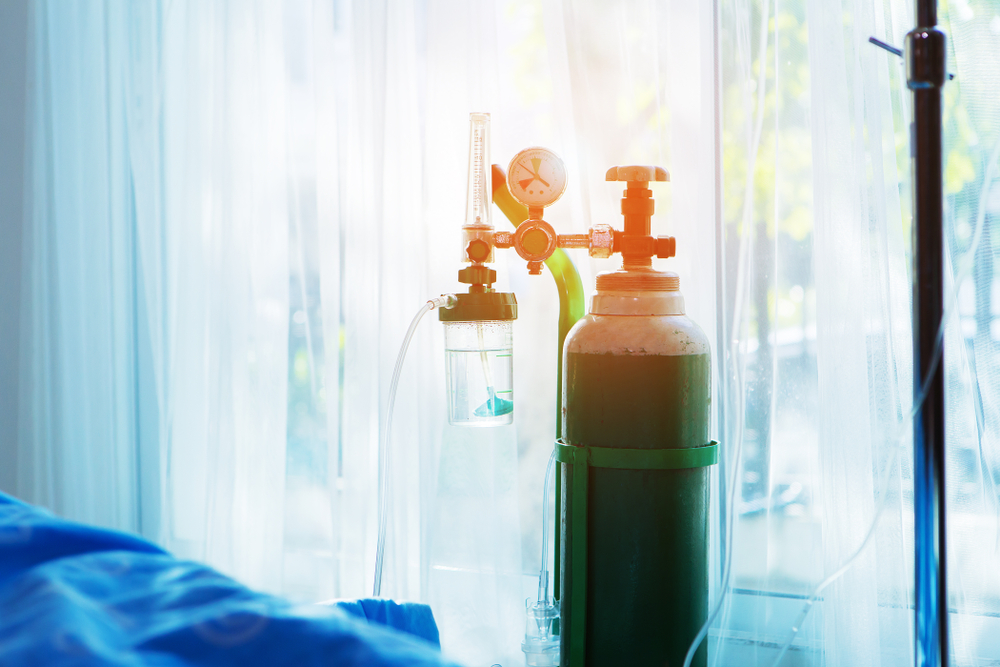
Comprehensive Overview of Portable Oxygen Concentrators for Respiratory Aid
Portable oxygen concentrators have revolutionized the way individuals with respiratory conditions manage their oxygen therapy. These advanced medical devices are designed to provide a reliable source of supplemental oxygen, which is crucial for patients suffering from chronic respiratory diseases such as Chronic Obstructive Pulmonary Disease (COPD), interstitial lung diseases, and other pulmonary issues that impair the body's ability to intake oxygen naturally. The importance of these devices cannot be overstated, as they significantly enhance patients' quality of life by offering mobility, independence, and continuous access to oxygen therapy outside traditional clinical settings.
Unlike traditional oxygen tanks or cylinders, portable oxygen concentrators are compact, lightweight, and powered by rechargeable batteries, allowing users to carry them easily during daily activities or travel. They are engineered to be user-friendly, often equipped with various adapters that facilitate use while driving, exercising, or on flights. Their design focuses on maximizing portability without compromising oxygen delivery efficiency, making them indispensable for ongoing respiratory management.
Understanding the critical role of portable oxygen concentrators involves addressing common questions and concerns regarding their usage, benefits, and functionality:
Why are portable oxygen concentrators essential for respiratory patients?
Millions of individuals in the United States are affected by respiratory ailments that impair their ability to obtain sufficient oxygen, underlining the vital need for accessible and reliable oxygen sources.
Over 1 million Americans depend on oxygen therapy daily, and portable concentrators play a pivotal role in enabling them to maintain their routines and independence.
These devices facilitate continuous oxygen supply, which can prevent complications, improve symptoms, and support overall well-being.
Operational principles of portable oxygen concentrators:
They work by pulling in environmental air and filtering out nitrogen to deliver concentrated oxygen for breathing.
Typically, ambient air contains approximately 78% nitrogen and about 21% oxygen; concentrators enhance the oxygen content up to 95%, providing a more pure and effective oxygen flow.
Importantly, these devices do not store oxygen but continually generate it as long as they are powered, ensuring an ongoing supply.
Varieties of portable oxygen concentrators available:
Pulse Dose (Demand) Units: These devices deliver oxygen in controlled pulses synchronized with the user's inhalation, suitable for patients needing up to 2 liters per minute (LPM). They are lightweight, battery-compatible, and designed for maximum portability, making them ideal for everyday use and travel.
Continuous Flow Units: Providing a steady oxygen flow up to 3 LPM, these units are larger and often mounted on wheels or trolleys. They suit users requiring uninterrupted oxygen therapy and are typically used at home or in healthcare settings.
Travel considerations and airline compatibility:
The Federal Aviation Administration (FAA) permits the use of approved portable oxygen concentrators aboard commercial flights with aircraft configured with over 19 seats.
Only FDA-approved and FAA-certified devices are allowed onboard to ensure safety and compliance.
Travelers should verify their device's certification before planning flights to avoid compliance issues.
Guidelines for selecting the optimal portable oxygen concentrator:
Consult your healthcare provider to determine which device type and features suit your specific medical needs.
Review insurance policies, as high-quality portable concentrators can be an investment, and coverage may reduce out-of-pocket expenses.
Assess maintenance requirements and device durability to ensure long-term usability.
Research various models, read reviews, and compare specifications to identify the most suitable device for your lifestyle and health condition.
Pg on the latest advancements, user tips, and safety considerations for portable oxygen concentrators, emphasizing how these devices empower individuals with respiratory challenges to lead active, more independent lives. Proper device selection and understanding operational features are essential for maximizing benefits and ensuring safety during daily use and travel.